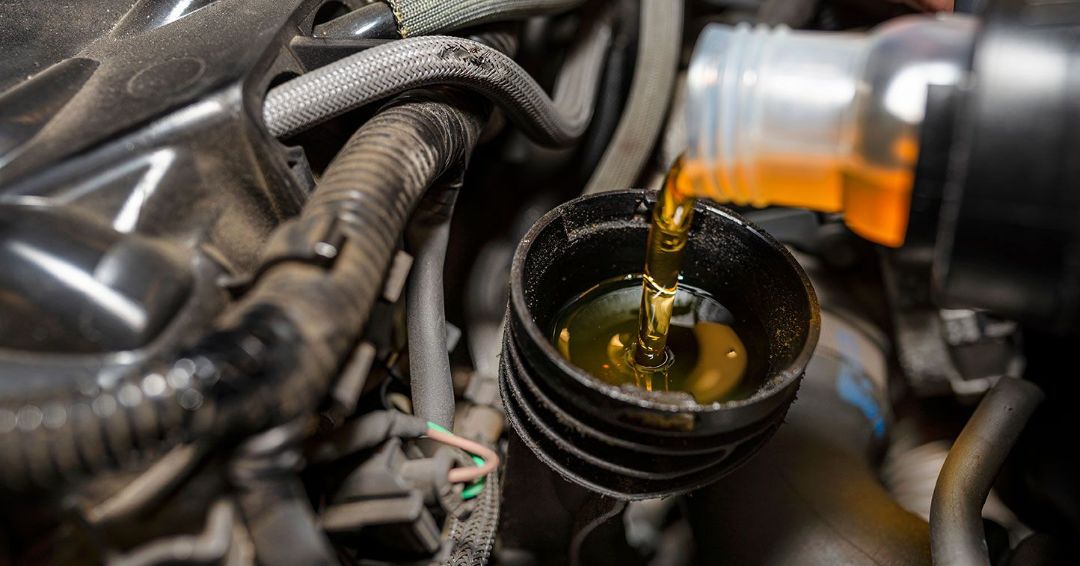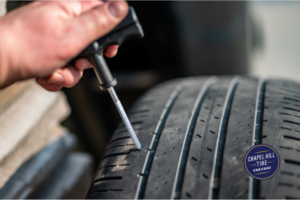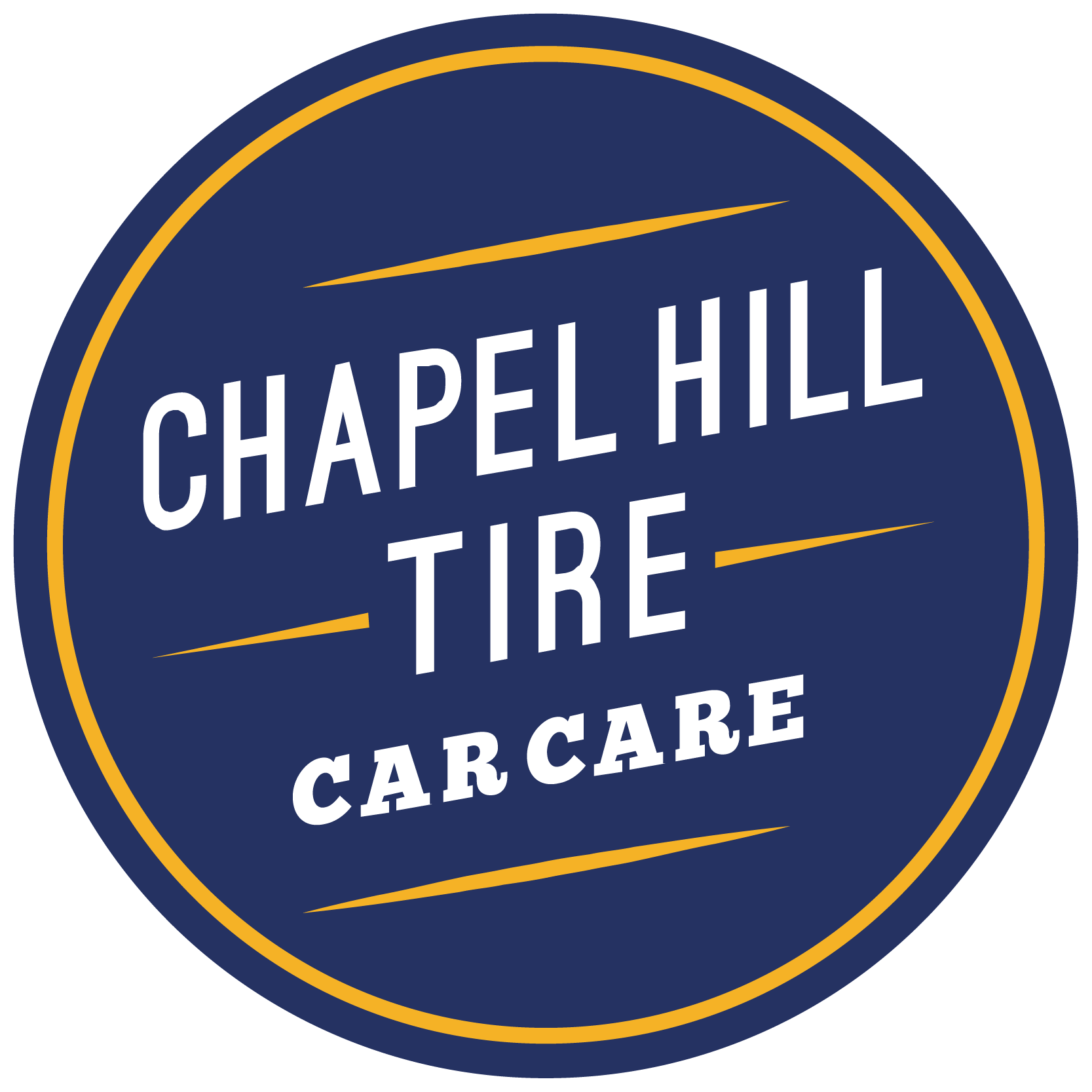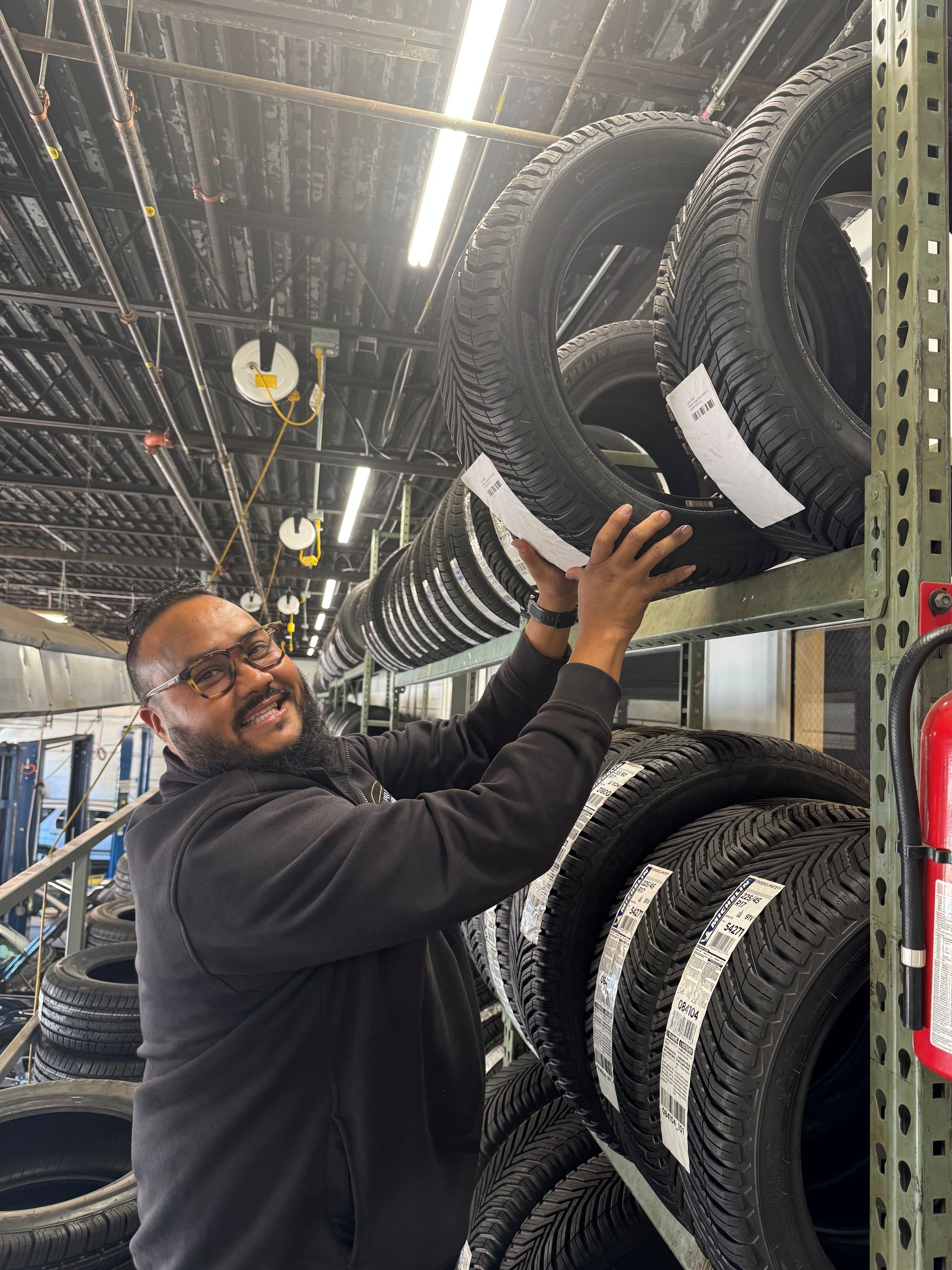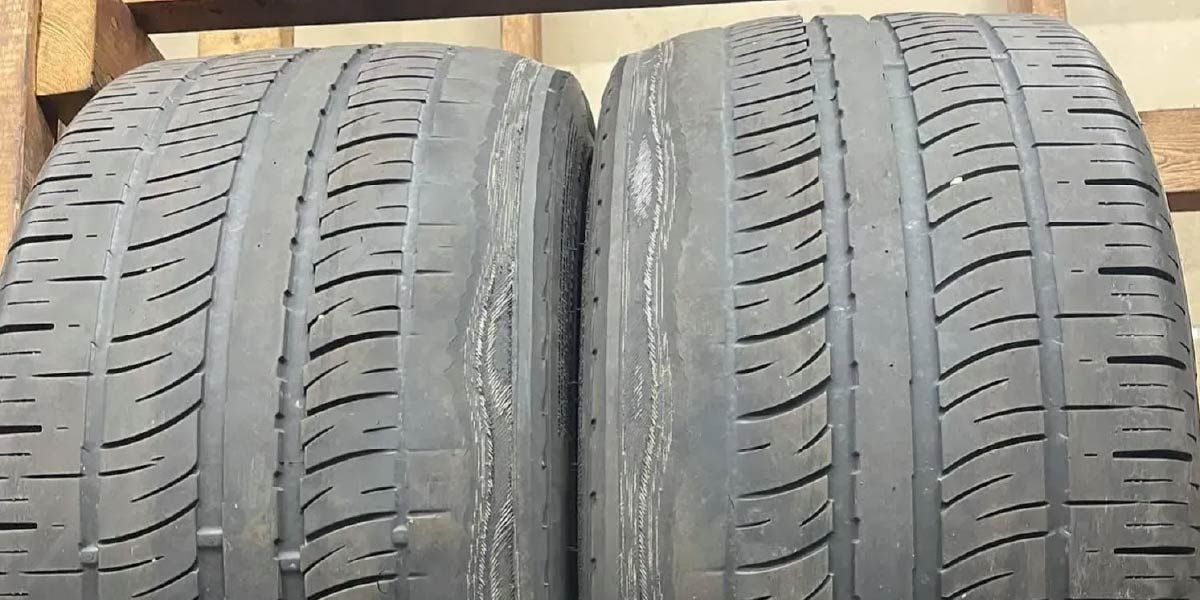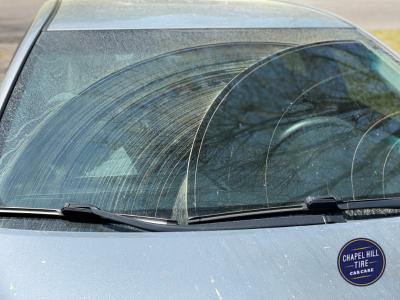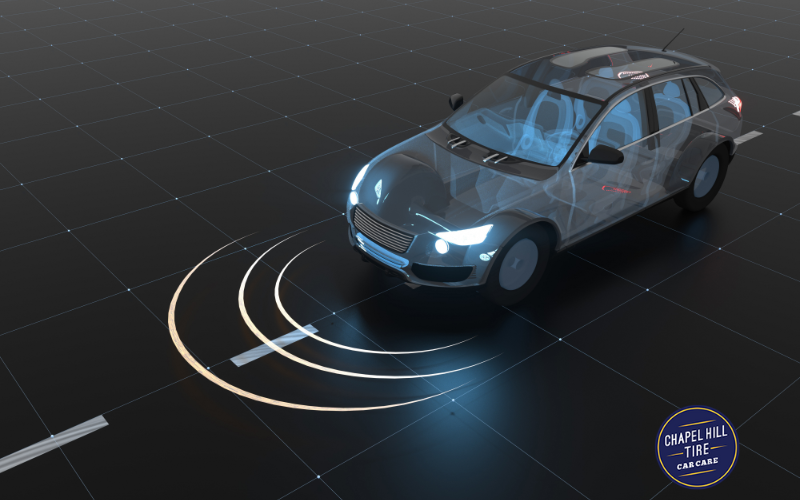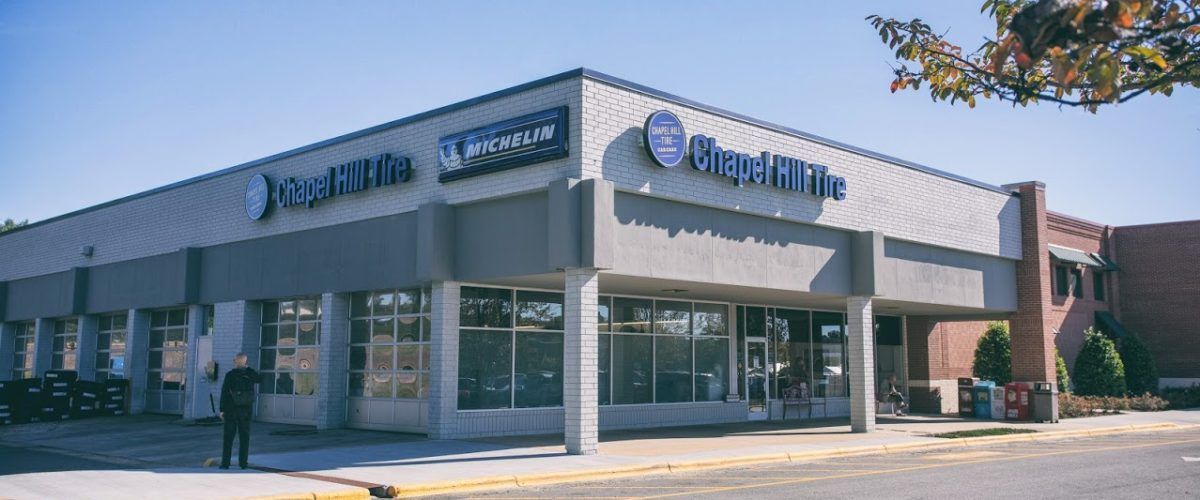Common Tire Myths: Don’t Believe Everything You Hear
Auto Shops Located in: Chapel Hill, Durham, Taleigh, Apex, and Cary North Carolina

There is a lot of information floating around about tires and tire health. If you’ve been driving for a while, you might have heard an older family member tell you that they’ve kept their same set of tires for 10 or more years by doing one simple trick. However, a lot of what you may have heard over the years may not be true, and some of these myths can even be potentially dangerous for you and your passengers.
As you try to make sure you’re only giving your tires what they need, review the five most common tire myths that have made their way into the mainstream and why they’re wrong.
1. Nitrogen in Tires Myth
Nitrogen-filled tires have become more popular in recent years due to claims that they improve tire pressure retention and fuel efficiency. While it’s true that nitrogen-filled tires retain pressure to a small degree, it isn’t nearly as much as some claim. As opposed to losing 3 PSI in the winter, a nitrogen-filled tire will perhaps lose 2 PSI. This small amount is hardly enough to warrant the increase in price when filling your tires up with nitrogen over a normal oxygen/nitrogen hybrid.
While inflating your vehicle with nitrogen can provide some benefits, the best way to ensure your tires are healthy and safe to drive on is to regularly check your tire pressure. If they’re below the recommended level, simply inflate them to this level, regardless of whether you’re filling them with air or nitrogen, for improved safety.
2. AWD Tire Replacement Myth
One common myth that floats around about All Wheel Drive (AWD) tires is that you can replace them two at a time instead of opting for an entirely new set. Tires, especially AWD Tires, should always be replaced in sets of four to ensure uniform consistency and tire health throughout their lifespans.
If you replace AWD tires two at a time, the different sets will have different tread wear and variable levels of traction. Both of these can lead to difficulty controlling your car, which can put you at increased risk for accidents and even wear down your vehicle’s AWD system. When replacing your tires, make sure that you buy all four from the same brand to ensure consistency in rubber type, tread depth, and overall construction.
3. Changing Out Air in Tire Myth
One of the most common tire myths is that tires should always be inflated to the maximum PSI (pounds per square inch) indicated on the sidewall. However, the PSI on the sidewall is actually the maximum amount of pressure a tire can handle, and it may not actually be the ideal pressure for your vehicle.
Overinflating tires can lead to a rougher ride, uneven tire wear, and decreased traction. On the opposite side of the spectrum, underinflating them can reduce fuel efficiency, cause handling issues, and increase the risk of a blowout.
The correct tire pressure is typically found in the owner’s manual or on a sticker inside the driver’s side door jamb. If you don’t have your owner’s manual in your car or can’t find it, they are usually available online for free in PDF form. Your local tire shop should also be able to tell you the appropriate PSI for your particular set of tires.
4. Plastic Bottle on Tire Myth
There has been a lot of buzz recently about car thieves placing plastic water bottles in tires in order to confuse drivers and potentially make it easier to steal their cars. According to some influencers, thieves will put a plastic water bottle in your tire and wait for you to start driving. The bottle will make a crunch, the driver will get out to investigate while leaving their car on, and the thief will jump in and drive away. There has not been any evidence of this happening, and it is most likely just internet influencers trying to get clicks for profit.
Another myth–which more harmful–is about how putting a plastic water bottle in between your tire or in the sidewall can provide some kind of positive effect. This claim is baseless, as there is no evidence that a plastic water bottle will benefit your tires or tire health in any way.
5. All-Season Tires are Suitable for All Weather Conditions Myth
While all-season tires are designed to provide decent performance in a variety of weather conditions, including light snow and rain, they are not a silver bullet for extreme winter weather. All-season tires lack the specialized tread patterns and rubber compounds necessary for optimal traction when driving on ice and snow.
For areas with heavy snowfall and icy roads, having a pair of dedicated winter tires will drastically increase your car’s performance and the safety of everyone in your vehicle. Winter tires are specifically engineered to maintain flexibility and grip in cold temperatures, ensuring better traction and braking on snow and ice-covered roads. If you’re wondering what type of winter tires would be best for your car, your local auto shop can usually help you decide!
Choose Chapel Hill Tire for All Your Tire Needs
If you live near Durham, Chapel Hill, Raleigh, or the surrounding Triangle area, and you have questions about your tires, Chapel Hill Tire can help you out. One of our qualified mechanics would be happy to take a look at your vehicle and make any recommendations they think will help improve your car’s health and increase the safety of your vehicle. We also have a tire finder tool to make buying new tires easy! Additionally, we offer a great set of coupons you can take advantage of for any maintenance requirements you might have. Learn more about our tire inspection, repair, and replacement services today. When you’re ready to bring your car in, please make an appointment at one of our convenient locations in the Triangle Area.
We’ve got all your automotive repair needs covered.

